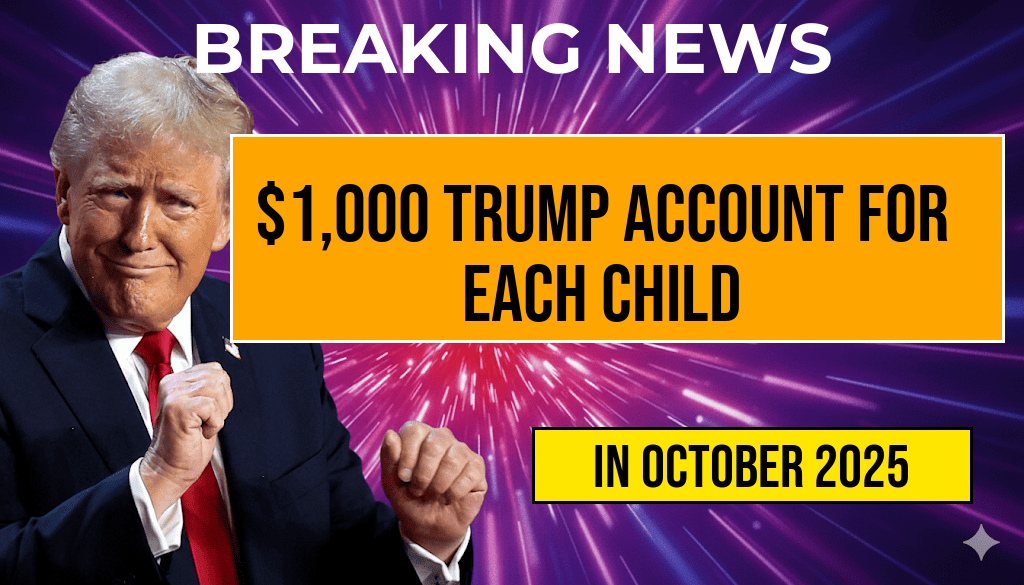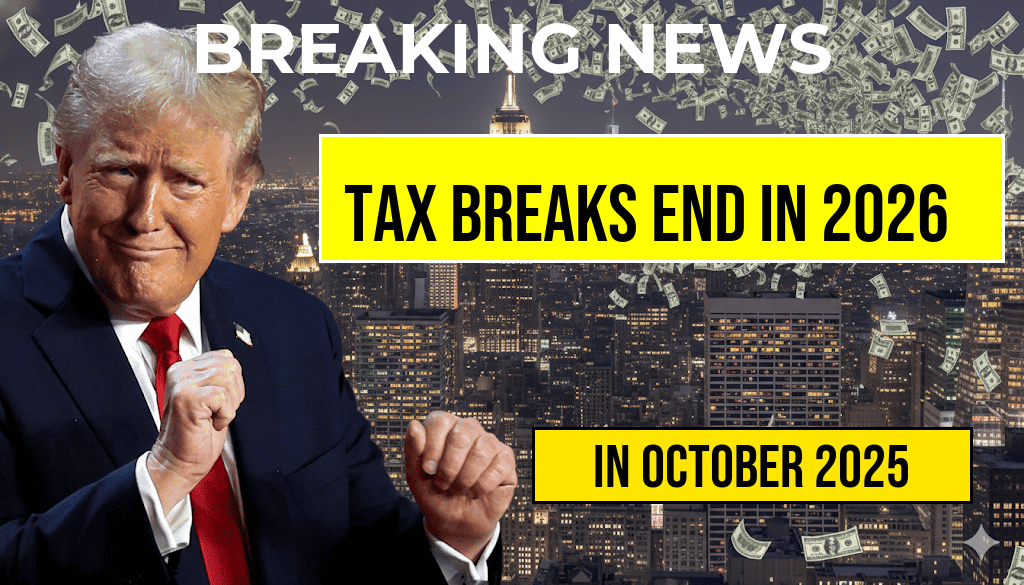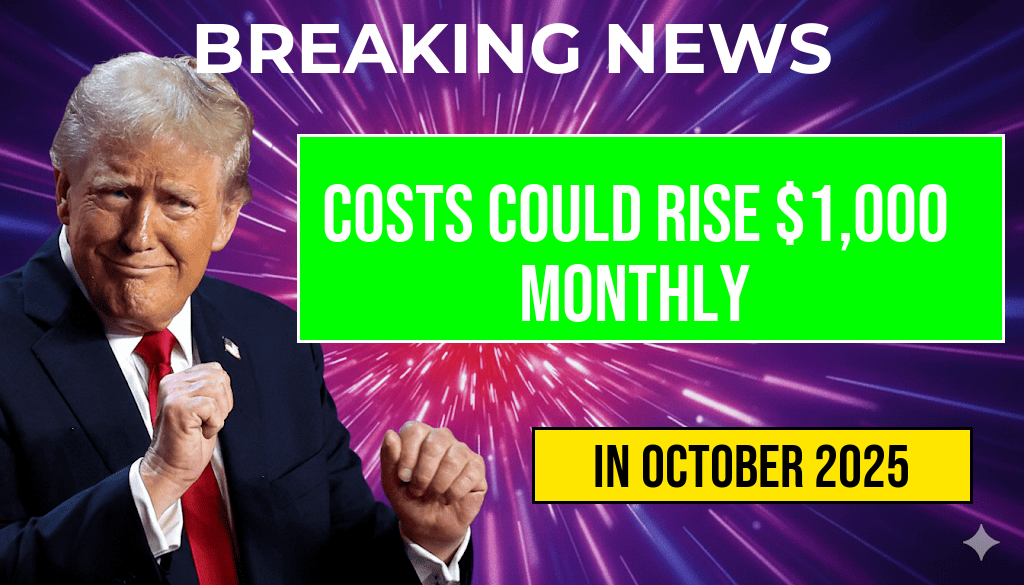Starting in 2025, every child in the United States could become eligible for a $1,000 “Trump Account” credit aimed at fostering financial literacy and early savings. The proposed initiative, part of a broader legislative package, intends to allocate federal funds directly into individual accounts for minors, with the goal of encouraging long-term saving habits and reducing economic disparities among American youth. If enacted, the program would mark a significant shift in social policy, emphasizing early financial education and personal responsibility. Officials involved in the proposal assert that the credit could serve as a foundational asset for children as they transition into adulthood, potentially influencing their economic stability and future opportunities.
Details of the Proposed “Trump Account” Initiative
Scope and Funding
The plan proposes providing $1,000 per child annually, beginning in 2025, funded through federal allocations. The accounts, dubbed “Trump Accounts” in official documents, would be managed by a new government-backed agency designed to oversee the distribution and growth of these funds. The initiative aims to reach all children under the age of 18, regardless of socioeconomic background, with an emphasis on reducing wealth gaps and promoting equitable access to financial resources.
Eligibility and Distribution
- Eligibility: All children born in or after 2025, including U.S. citizens and legal residents.
- Distribution Method: Funds would be deposited directly into individual accounts, accessible to parents or guardians until the child reaches adulthood.
- Growth Potential: Investments within the accounts could include interest, government bonds, or other low-risk financial instruments to ensure the funds’ value appreciates over time.
Legislative and Political Context
The initiative comes amid ongoing debates over child welfare and economic inequality. Supporters argue that early financial investment can help bridge socioeconomic divides, giving children a boost toward higher education, entrepreneurship, or homeownership. Opponents, however, question the program’s cost and long-term sustainability, with some critics suggesting it might duplicate existing social programs or divert funds from other priorities.
Legislative Status
The proposal is currently in the early stages of congressional review, with bipartisan interest but also significant debate over funding mechanisms and program scope. The White House has expressed support, framing the initiative as a step toward ensuring all children have access to financial resources that can serve as a foundation for future success. Lawmakers are scrutinizing details surrounding account management, oversight, and potential impact on federal budgets.
Potential Impact and Public Response
Advocates anticipate several benefits, including increased financial literacy among youth, reduced reliance on student loans, and greater economic mobility for disadvantaged families. Studies indicate that early savings initiatives can significantly influence long-term wealth accumulation, particularly among marginalized populations.
Expert Opinions
| Expert | Viewpoint |
|---|---|
| Dr. Emily Carter, Economist | “This program could serve as a powerful tool to promote financial literacy and savings habits from a young age, potentially transforming how future generations approach wealth building.” |
| Michael Reynolds, Child Welfare Advocate | “While promising, the success depends heavily on how the funds are managed and whether families receive adequate financial education to leverage these accounts.” |
| Senator Lisa Morales | “Investing in our children’s financial futures aligns with broader efforts to promote economic equality and support upward mobility.” |
Challenges and Criticisms
Despite broad support, critics raise concerns about the program’s costs, potential for misuse, and administrative complexities. Questions also remain about whether this initiative might inadvertently favor certain demographic groups or distract from other essential social welfare programs. Ensuring transparency and effective oversight will be critical as the proposal advances through legislative channels.
Financial and Administrative Considerations
- Cost Analysis: Estimated initial cost of several billion dollars annually, with ongoing expenses for account management and investment oversight.
- Account Security: Safeguards to prevent fraud, unauthorized access, or misappropriation of funds.
- Educational Component: Complementary programs to teach children and families about managing savings and investments.
Looking Ahead
As discussions continue, the “Trump Account” initiative reflects a broader trend toward early intervention in financial literacy and wealth creation. Its success hinges on careful policy design, bipartisan support, and effective implementation. If adopted, it could potentially reshape the way the U.S. approaches childhood savings, laying a foundation for economic stability well into the future.
For more on social welfare policies and economic initiatives, visit Wikipedia’s Social Welfare in the United States or Forbes.
Frequently Asked Questions
What is the One Thousand Dollar ‘Trump Account’ program?
The One Thousand Dollar ‘Trump Account’ program is a proposed initiative that will provide $1,000 credits to every child in 2025, aimed at supporting their financial future and encouraging savings.
Who is eligible to receive the Trump Account credits?
All children born in 2025 are eligible to receive the $1,000 credit, regardless of their family income or background.
How will the Trump Account credits be distributed?
The credits will be automatically deposited into a dedicated account for each eligible child shortly after their birth in 2025, ensuring easy access and management.
Can the Trump Account funds be used for any purpose?
Yes, the funds can typically be used for educational expenses, savings, or other approved financial needs, depending on the program’s specific guidelines.
What is the main goal of the ‘Trump Account’ initiative?
The main goal is to boost financial literacy, encourage early savings, and provide long-term benefits to every child born in 2025.






